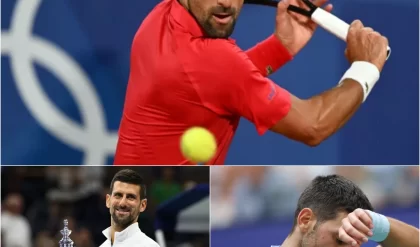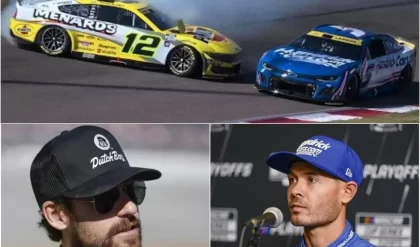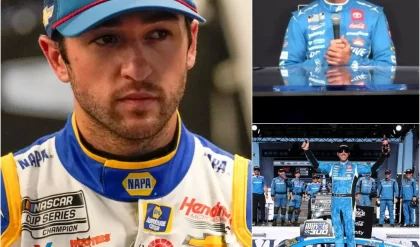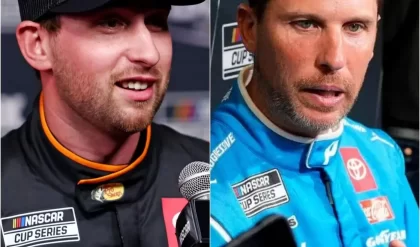Dale Earnhardt Jr. Sparks Debate with Bold Take on NASCAR’s Road Course Surge
NASCAR, a sport rooted in the thunderous roar of oval tracks, finds itself at a crossroads as road courses gain prominence on the Cup Series schedule. The 2025 season featured six road course races, including high-profile events like Sonoma, the Charlotte Roval, and the inaugural Mexico City race, a number that has stirred passionate discussion among fans, drivers, and legends alike. At the heart of this debate is Dale Earnhardt Jr., the NASCAR Hall of Famer whose recent comments have ignited a firestorm of opinions about the sport’s evolving identity. With his characteristic candor, Earnhardt has voiced concerns about the increasing number of road courses, aligning himself with traditionalists like Richard Petty while acknowledging the modern demands of NASCAR’s global ambitions. His perspective, shared on The Dale Jr. Download podcast, offers a glimpse into the tension between tradition and innovation that could shape the sport’s future.
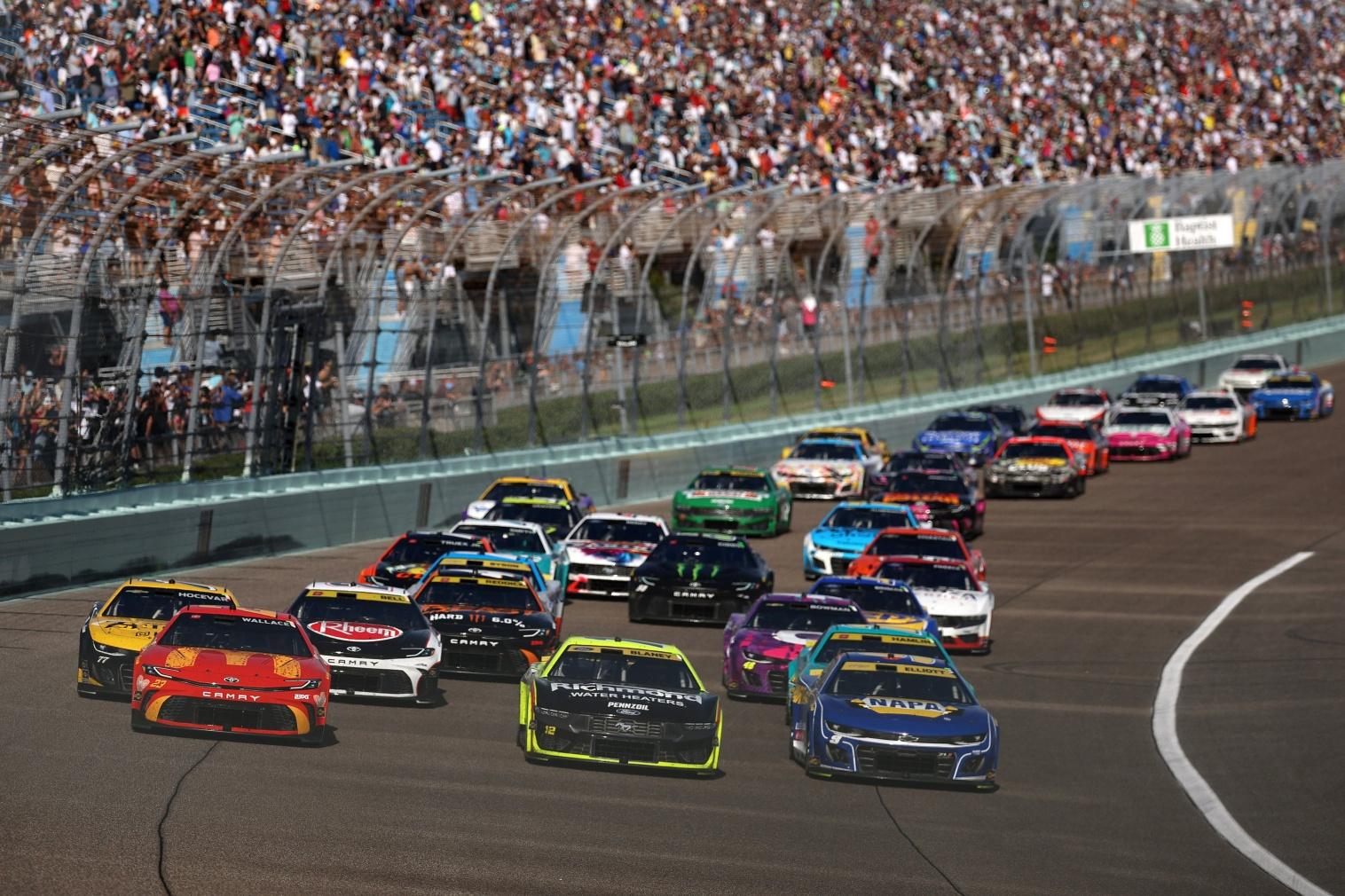
Earnhardt’s critique is not just a nostalgic longing for the past but a reflection on how NASCAR’s shift toward road courses challenges its core essence. “NASCAR stock car racing is predominantly an oval-based series,” he stated firmly, emphasizing the sport’s historical roots in short tracks and superspeedways. Growing up in an era when Riverside was the lone road course on the NASCAR calendar, Earnhardt recalls a time when oval racing defined a driver’s path to glory. “Being a road course racer wasn’t important,” he said, reflecting on his early career. “If you wanted to get to NASCAR, you raced a short track somewhere locally. You ran stock cars, late models, full-bodied cars around ovals.” This sentiment resonates with fans who cherish the gritty, door-to-door battles of tracks like Charlotte and Kansas, where Earnhardt himself thrived.
The surge in road courses, now comprising one-sixth of the 36-race Cup Series schedule, has been driven by NASCAR’s push for diversity and international appeal. The 2025 season saw Shane van Gisbergen, a road course specialist from New Zealand, dominate with four consecutive victories, including the Viva México 250 at Autódromo Hermanos Rodríguez. His success, while thrilling, has fueled the debate, as traditionalists argue that road course wins skew the playoff system. Richard Petty, a seven-time champion, didn’t mince words when he questioned the legitimacy of such victories. “The way they got this thing fixed, where if you win, you’re in—that can’t be right,” Petty said, pointing to van Gisbergen’s playoff berth despite ranking 30th in points. Earnhardt echoed this concern, noting, “You’re making a championship situation by winning a road course, which is not really NASCAR to begin with.”
The playoff format, introduced in 2004, has long been a point of contention, and Earnhardt’s comments highlight its flaws in the context of road courses. He recalled the old points system, where a single poor performance didn’t derail a championship run. “You’re sitting there in the regular season, but in a 36-race playoff, you’ve broke a cam, finished last at Charlotte, and lost 150 points,” he explained, underscoring how the current system penalizes consistency in favor of isolated wins. This perspective aligns with Petty’s view that drivers who excel on ovals, the backbone of NASCAR, are unfairly disadvantaged by the “win and you’re in” rule when applied to road courses.
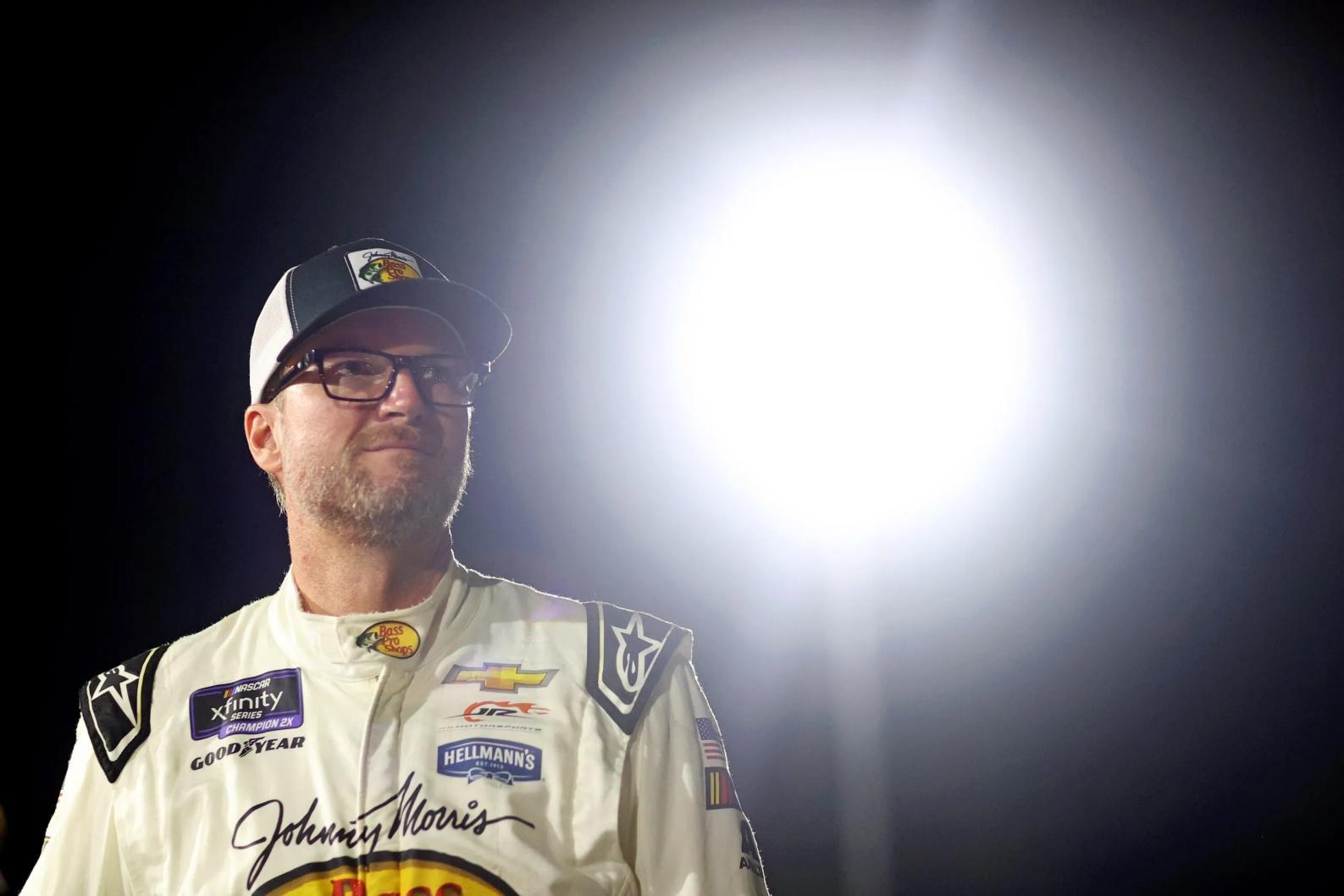
Yet, Earnhardt’s stance is not entirely rigid. He acknowledges the entertainment value of road courses, particularly when races like Mexico City deliver high drama. “I’m fine with a couple,” he admitted, singling out Sonoma and Watkins Glen as his preferred venues. However, he cautioned against further expansion, warning, “Do I want 9-10 road courses? No.” His balanced approach reflects an understanding of NASCAR’s need to evolve while preserving its oval-centric heritage. The introduction of new road courses, like San Diego’s Naval Base Coronado in the 2026 schedule, has only intensified the debate, with some fans embracing the variety and others longing for the days when ovals dominated.
The performance of NASCAR’s Next Gen car on road courses has also drawn scrutiny. Earnhardt pointed out that the car’s aerodynamics struggle on these tracks, leading to less competitive racing. “In NASCAR, we expect lots of passing, battles, contact,” he said. “That’s our expectation because of the last 75 years of what we’ve seen.” Journalist Jeff Gluck echoed this sentiment on his podcast, stating, “There’s probably nothing you can do to thwart SVG. Let’s face it, he’s stinking up the show. And the races with the Next Gen car and road courses aren’t good anyway.” Earnhardt’s concerns about the car’s handling suggest that NASCAR’s push for road courses may need technical adjustments to meet fan expectations for close, aggressive racing.
The divide between traditionalists and modernists is further complicated by the sport’s global aspirations. NASCAR’s expansion into markets like Mexico City aims to attract new audiences, but it risks alienating its core fanbase. Earnhardt compared the influx of road courses to a force-fed meal: “We’re all going to sit down at this big table of NASCAR, and you just got to eat the meal. You don’t get to choose how it’s cooked or what’s served.” This analogy captures the frustration of fans and drivers who feel powerless as NASCAR prioritizes innovation over tradition. Brad Keselowski, another vocal critic, tweeted, “Yes, too many road courses in NASCAR,” citing his own lackluster road course record as evidence of their disconnect from the sport’s roots.
Despite his reservations, Earnhardt recognizes that today’s NASCAR demands versatility. “If you’re going to be a champion, you now have to be as good at a road course as you are at an oval,” he said, contrasting this with his racing days when excelling on ovals alone could secure a title. This shift reflects NASCAR’s evolution into a more “all-encompassing” sport, as Earnhardt put it, where drivers must master diverse tracks to prove their mettle. The success of drivers like van Gisbergen, who bring specialized skills from other racing disciplines, underscores this new reality.
As NASCAR navigates this identity crisis, Earnhardt’s voice carries significant weight. His podcast has become a platform for candid discussions, and his alignment with Petty has amplified the debate. “I like two road courses. I like Sonoma, I like Watkins Glen,” he reiterated, admitting his view might only resonate with “10 percent of the fanbase.” This honesty, coupled with his storied legacy, makes his perspective compelling to both traditionalists and newer fans. The question now is whether NASCAR will heed these concerns or continue its road course expansion to chase global growth.
The 2026 schedule, with its bold additions, suggests NASCAR is leaning toward innovation. Yet, Earnhardt’s call for balance—maintaining the sport’s oval roots while embracing new challenges—offers a path forward. The sport’s ability to deliver entertaining races, whether on ovals or road courses, will ultimately determine its success. As Earnhardt noted, “The series, the schedule, and everything can ebb and flow,” as long as fans remain captivated. With legends like Earnhardt and Petty weighing in, NASCAR faces a pivotal moment: can it honor its heritage while carving out a bold future? The answer lies in the roar of the engines and the passion of its fans.
